The rugged mountains and coastline of North Wales attract many…
An Apple variety that even has a Twitter account
No, I do not mean the technology company, or the apple on the featured image (the latter will be discussed in a little while though), but the Pink Lady which is an Australian apple variety and indeed has a Twitter account. Crazy, isn’t it? 🙂 The name “Pink Lady” reminds me of what Miss Poppy said in You rang, M’lord?
Nonsense, Ivy. I make a drink instead. How about a White Lady?
Just like the White Lady, Pink Lady is also a cocktail. And a musical. And a TV series, and medication and a bomber in the Second World War and many other things, but that is beside the point now. The point is that it is an apple variety that reminded me of the Apple Day, which was held on 21st October. Oh yes, there is such a day in England and I am not surprised at all, knowing how proud the English are of their apple varieties, especially the Bramley. There are ca 3000 apple varieties in the UK, which is an astonishing number given there are 7000 varieties all over the world.
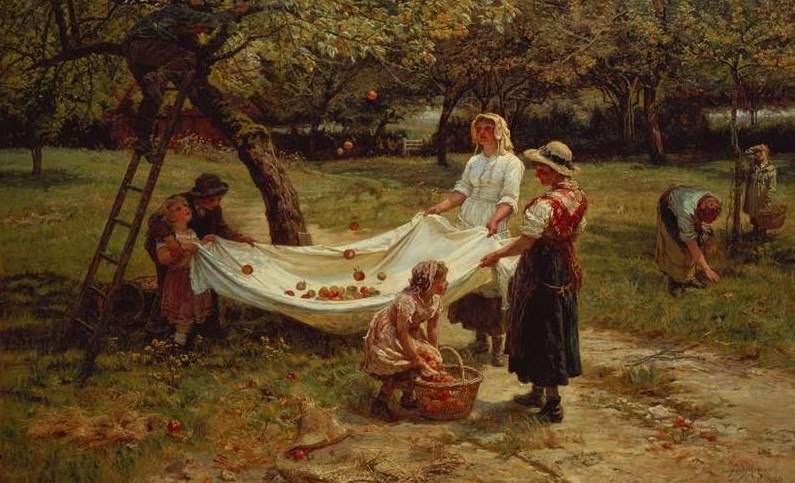
The English are indeed very proud of their apples, as much as they tend to believe the apple originates in England, but that is not true. 🙂 The fruit comes from somewhere between Kazahstan and China and it got to Europe by transition of the Middle East. Although apple trees grew before the Romans came to Great-Britain, the Romans brought sweeter varieties to the British isles. Apples in England were first mentioned by King Alfred the Great in ca 885. Unfortunately, during the Saxon invasion the orchards were neglected, but later the Normans brought new varieties to the country. During the War of the Roses, again orchards weren’t looked after and it was Henry VIII, who ordered his royal fruitier to grow new varieties in his orchard in Kent. The most popular variety in the Tudor period was the Queene. However, the heyday of apple growing was in the 19th and 20th centuries only when nurseries grew many new varieties. And this is when the favourite apple variety of the English was born:
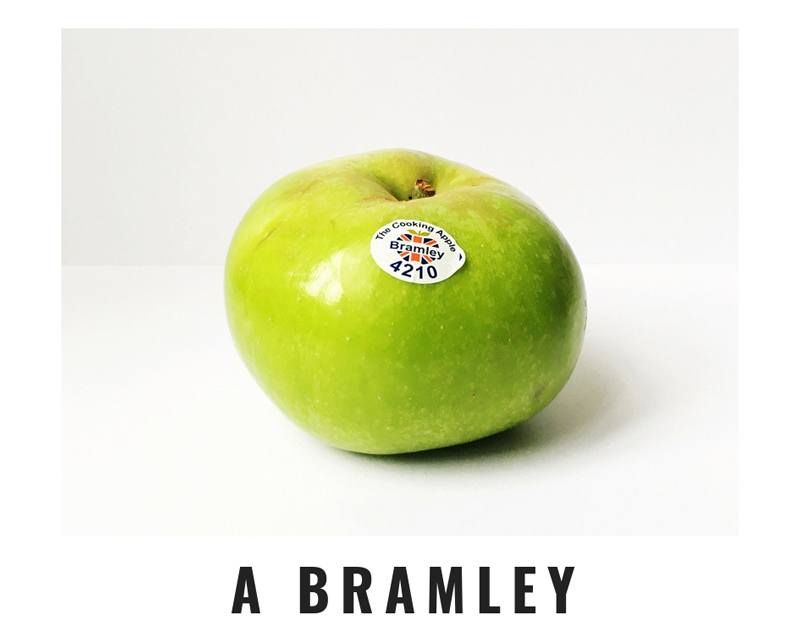
When Bill was living in Switzerland once he brought back some Bramley apples from the UK. I had to laugh because it just seemed a bit odd and funny taking apples from one country to the other, but then he explained this was not an ordinary apple, this was a Bramley apple! Aha….! So then what? He said, this only grew in England and this was the best cooking apple to make apple sauce for roast pork.
Indeed, the Bramley is truly an English variety that has its own story. Briefly, the first Bramley apple tree was planted by a little girl, called Mary Ann Brailsford in 1809 in Southwell, Nottinghamshire. The house with the garden was bought by a butcher, Matthew Bramley in 1846. A local nurseryman started to sell the apples and took cuttings from the trees. Bramley allowed it on conditions the apples had to be sold with his name. Hm… an early form of building a brand. 🙂 As you can see on the photo, the Bramley apple is huge and is a bit flat. It is said to be very acidy so it is not advisable to eat it raw, otherwise you finish up having stomach ache. However, for cooking, this apple is the best! 95% of the cooking apples used for apple sauce and apple pies in the UK are Bramley apples. So in England Bramley is THE apple as far as cooking is concerned. The most popular eating apple, the Cox’s Orange Pippin was grown by a retired brewer, Richard Cox in 1850.
What about other varieties? Are there the most varieties in England? Is the apple the most popular fruit in England?
Well, I was intrigued by these questions, so I made a little research. Apple seems to be the most popular and sold fruit in Hungary, Germany and France as well as in the UK, however, since 2017 grapes became the Nr 1 fruit in the UK. The spend is as follows:
- Grapes £604m
- Apple £600m
- Bananas £551m
As far as the varieties are concerned, I made some analysis based on the list available on Wikipedia (no, it did not include 7000 varieties, only 259). The split between cooking and eating apples are 50-50% and their origin is as follows:
Top 3 countries
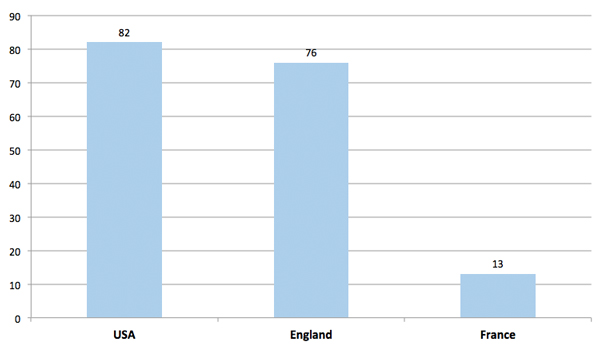
If I consider the UK instead of England, the split is:
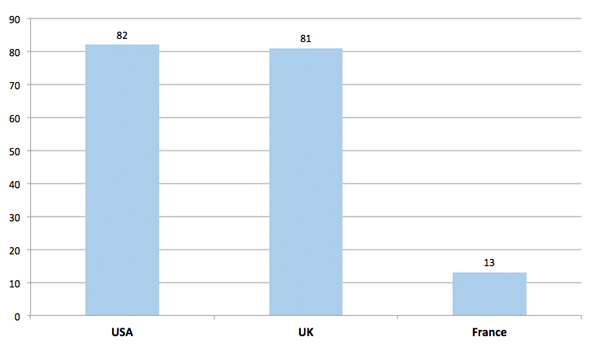
Having seen the result, I would be interested to see the split between all the 7 thousand varieties as I am sure the above result is annoying for the English. 🙂 Having said that, apples have a huge cult in England. I deliberately counted the number of the different varieties of apples at Tesco the other day and I could count 17 (!) different ones. This is an astonishing number, especially if we consider we, in Hungary had something like 3 varieties available when I was a kid: Jonathan, Starking and Golden. Bill, however could list at least 10 the other day when I asked him which varieties spring to his mind: Golden Delicious, Pink Lady, Gala, Braeburn, Cox, Russet, Jazz, Granny Smith, Bramley.
Apples are not only popular in England. If we think about it, apples have always been there, culture wise as well, so no wonder it is a popular fruit in many countries. There was Eve and the apple she took from the tree of wisdom, then there was the apple of Eris, in the Swiss legend Wilhelm Tell who shot an apple with an arrow which was standing on his son’s head, there is an apple in the fairy tail Snowhite, and even Isaac Newton observed an apple falling from the tree when he was thinking about gravity.
What sort of things do the English make of apples?

Actually more or less the same as everybody else – see following list without being exhaustive: apple crisps, cider, apple juice, apple pie, apple sauce, apple strudel, French tarte tatin (not suitable with a Bramley). In Hungary we do not make apple cider or apple wein, but we make apple compote and apple vinegar.
~
Well, I hope this little post made you being interested to look at the apple varieties you find at your local store, grocer or market. If you’d fancied to bake something using apples, just follow the blog in the coming days, I might be able to help and give a little inspiration!



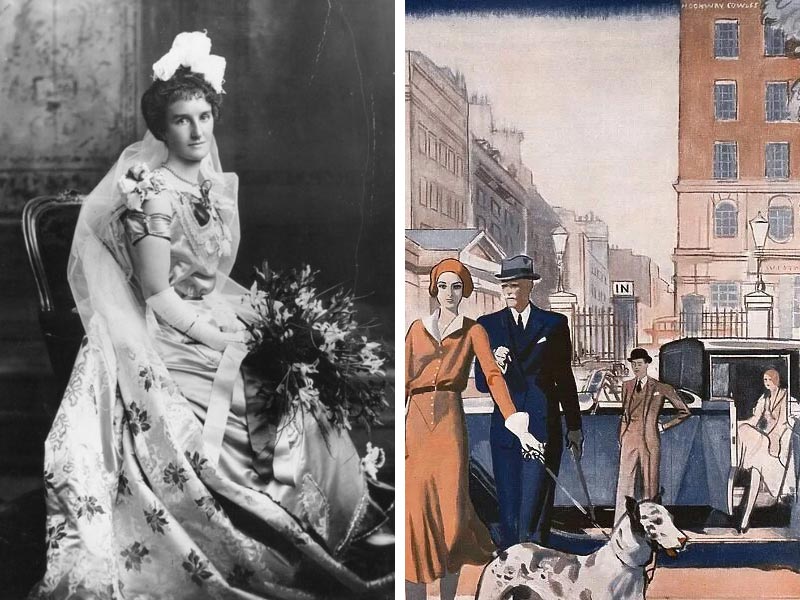
This Post Has 0 Comments